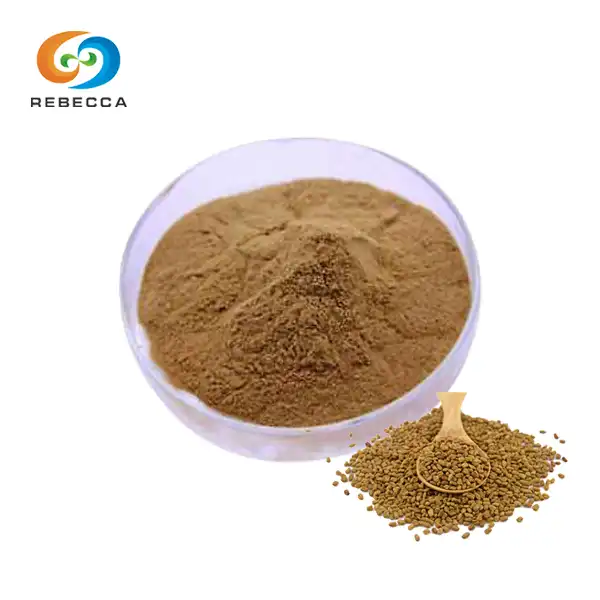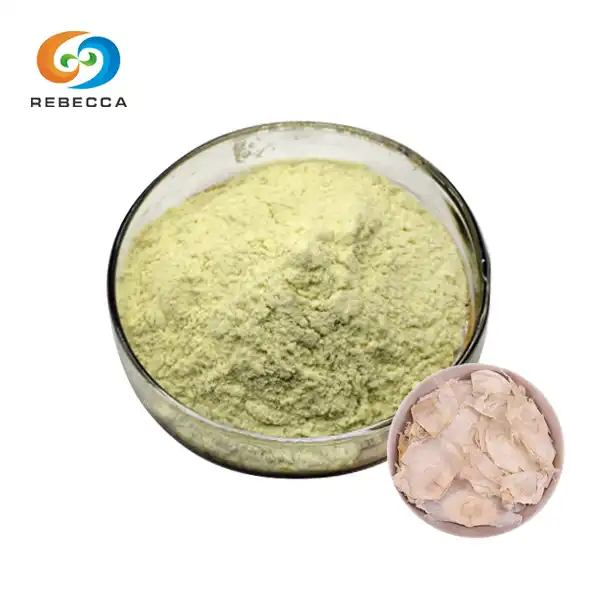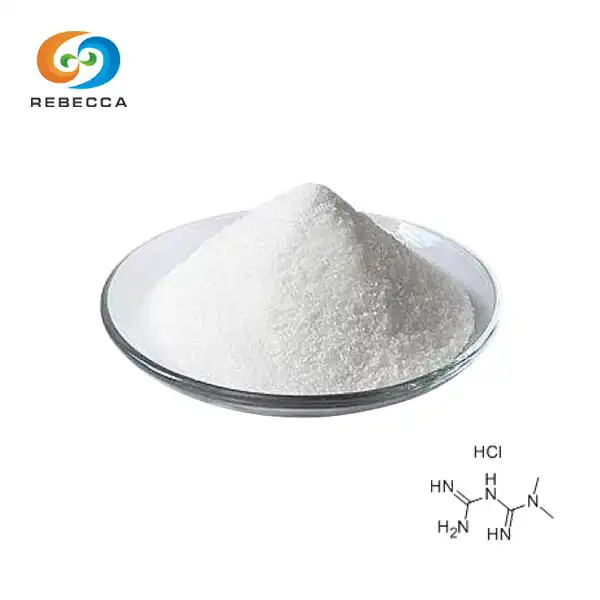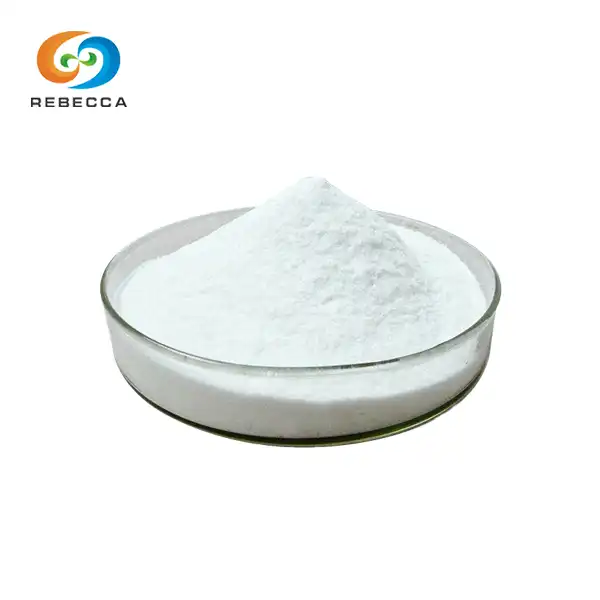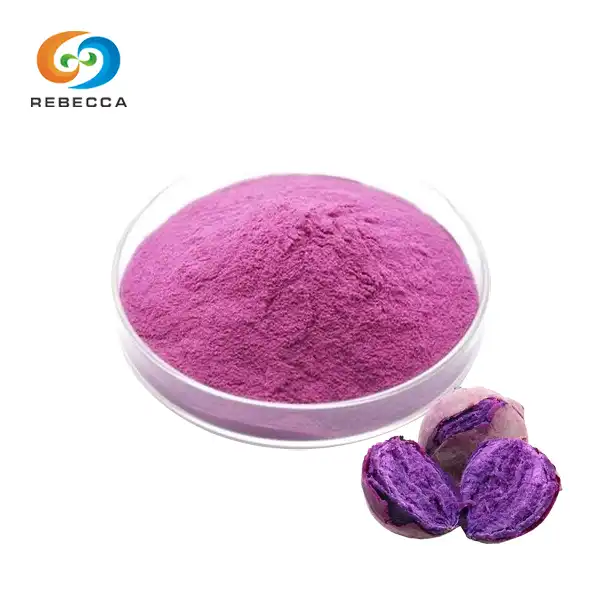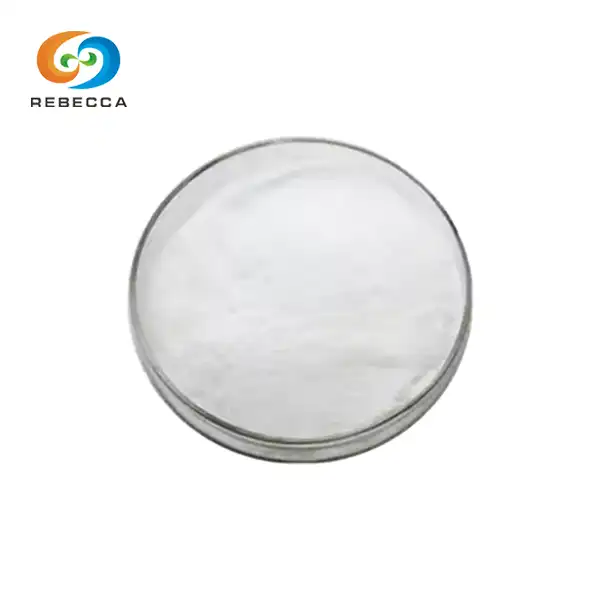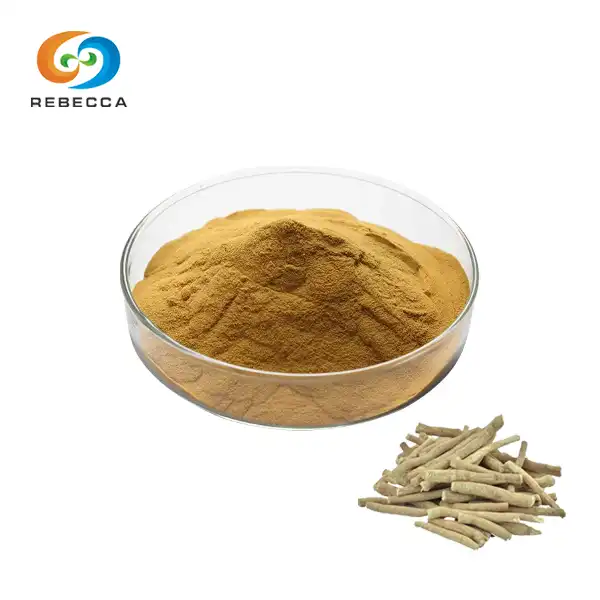What is synthetic capsaicin?
The substance produced in a lab that resembles natural capsaicin—the active component that gives chili peppers their heat and spiciness—is called synthetic capsaicin, sometimes referred to as nonivamide powder. In order to provide a controlled and consistent alternative for a variety of applications in research, medicine, and industry, this man-made version is designed to replicate the chemical structure and effects of its natural counterpart.
Researchers and manufacturers can work with a pure, standardized form of the compound thanks to its production. Consistency and precise dosing are essential in scientific studies and product development, so uniformity is essential. it is a dependable alternative with predictable potency and effects, in contrast to natural capsaicin, whose concentration can fluctuate depending on the source and extraction method.
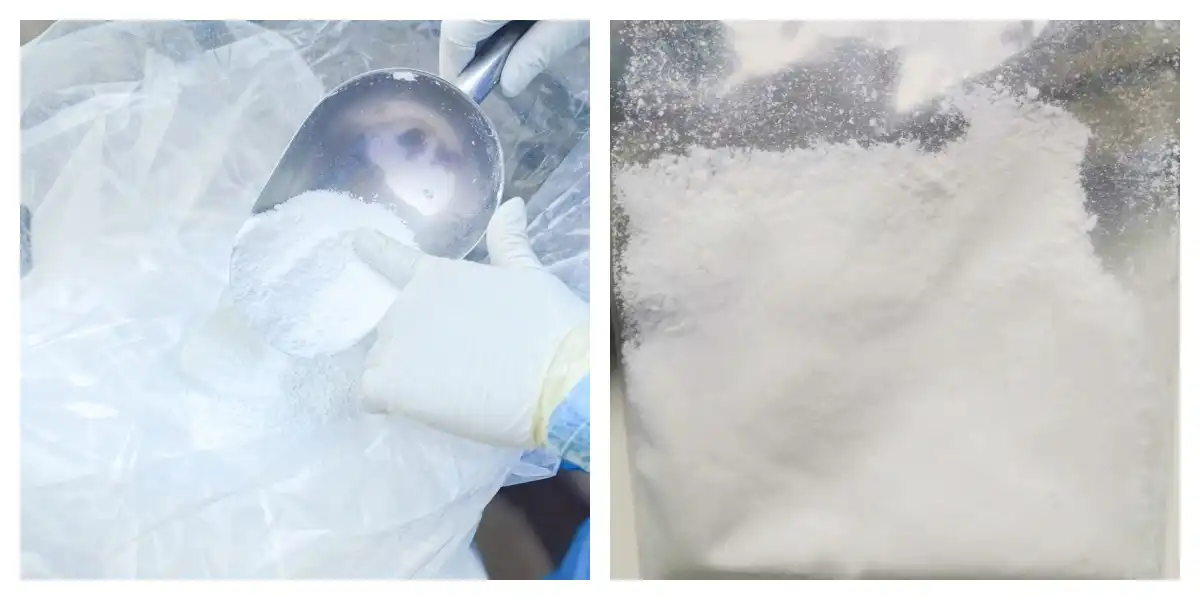
Properties
For effective use in a variety of applications, it is essential to comprehend its properties. Let's examine its primary features:
Formula for molecules: C17H27NO3 Synthetic capsaicin has the same molecular formula as natural capsaicin. The atoms of the molecule are exactly represented by this formula: 27 hydrogen atoms, one nitrogen atom, and three oxygen atoms make up the substance. Capsaicin's unique properties and ability to interact with specific body receptors are due to this precise arrangement.
Molecular mass: it has a molecular weight of 293.40 grams. Because it enables precise calculations in formulations and experiments, this value is crucial for applications in science and industry. The compound's behavior in various environments and interactions with other substances is also influenced by its molecular weight.

Applications And Usage
Using its distinctive properties to advance research and create novel products, synthetic capsaicin has entered numerous fields of study and application. Let's take a look at some of the most important areas where nonivamide powder is making a big difference:
One of the primary applications is in neuroscience research, particularly in the study of pain mechanisms and sensory neuron function. This is one of the primary applications of the compound. To investigate how the nervous system processes and transmits pain signals, scientists make synthetic capsaicin. By stimulating TRPV1 receptors selectively, researchers can study the responses of individual neurons and gain insight into the complex mechanisms involved in pain perception and modulation.
This research has opened the door to new approaches to pain management and a better understanding of disorders associated with chronic pain.
For example, researchers have utilized synthetic capsaicin to explore the possibility of TRPV1 antagonists as a novel class of analgesics that could relieve pain without the side effects associated with traditional medications.
Although this may seem contradictory for pain relief, several topical analgesic medications are based on capsaicin's pain-inducing qualities. Capsaicin initially causes a burning sensation when applied to the skin. However, if used frequently, it may desensitize the nerve endings, reducing the area's sensitivity to pain.

Over-the-counter and prescription topical pain relief creams, patches, and ointments contain nonivamide powder. These products are used to treat a variety of pains, including neuropathic pain conditions like postherpetic neuralgia, muscle soreness, and arthritis pain. These products' consistent potency and efficacy are made possible by the use of synthetic capsaicin, which is essential for effective pain management.
Used in research on the activation of the capsaicin receptor (TRPV1) The TRPV1 receptor, which is also known as the capsaicin receptor, is an important part of the body's response to heat, acidity, and some chemicals. The study of these receptors' activation and regulation can benefit greatly from the utilization.
Safety And Handling
Even though synthetic capsaicin has a lot of uses and benefits, it's important to know how safe it is and how to use it properly. In both research and industrial settings, careful management is required due to its potency and potential for significant irritation.
Realizing that nonivamide powder can cause severe irritation to the skin, eyes, and mucous membranes is essential first. Burning, redness, and inflammation can occur from direct contact. Capsaicin vapors or particles can irritate the respiratory tract, cause coughing, and make it difficult to breathe. When handling this compound, proper personal protective equipment (PPE) is necessary.
Researchers and industrial workers should always wear appropriate protective gear when working with synthetic capsaicin. Typically, this includes:
When working with powdered capsaicin or in situations where inhalation is possible, a properly fitted respirator or fume hood is essential. Proper ventilation is essential in areas where nonivamide powder is being used or processed. Chemical-resistant gloves to prevent skin contact. Safety goggles or a face shield to protect the eyes. To reduce the risk of inhalation, fume hoods or local exhaust ventilation systems should be used.
Another important safety factor to take into account is how synthetic capsaicin is stored. It should be kept somewhere cool and dry, away from heat sources and direct sunlight. To reduce the likelihood of accidental exposure and prevent contamination, the container should be tightly sealed. nonivamide powder, like many other chemical compounds, should be kept safe and only accessible to authorized personnel.
Additionally, it is essential to dispose of synthetic capsaicin and contaminated materials appropriately. These should be disposed of in accordance with institutional and local regulations as hazardous waste. Capsaicin or materials containing it should never be thrown away in the regular trash or down the drain.
It's important to remember that nonivamide powder is a useful and relatively safe tool in research and industry when used correctly and responsibly. Understanding its properties, respecting its potency, and adhering to established safety procedures are the keys.
About Rebecca
With its impressive production capabilities and dedication to quality, Rebecca Bio-Tech has established itself as China's leading manufacturer of synthetic capsaicin. Rebecca Bio-Tech plays a significant role in meeting the global demand for this versatile compound as the nation's largest producer.
Rebecca Bio-Tech demonstrates its capacity to supply synthetic capsaicin on a large scale by producing 24 tons annually. In addition to highlighting the company's manufacturing prowess, this significant output highlights the rising demand for nonivamide powder in a variety of industries and research fields.
Quality is a vital worry at Rebecca Bio-Tech. The company takes great pride in providing nonivamide of the highest possible quality, ensuring that its product satisfies the stringent requirements for pharmaceutical, industrial, and research applications. Given the precise nature of many applications that rely on synthetic capsaicin, this commitment to quality is essential.
Rebecca Bio-Tech places a strong emphasis on competitive pricing in addition to quality. The company wants to make this useful compound more accessible to researchers and businesses around the world by providing high-quality synthetic capsaicin at affordable prices. Research and development in fields that rely on synthetic capsaicin, such as pain management studies and food science innovations, may be accelerated by this strategy.
The company encourages direct communication with those who are interested in learning more about Rebecca Bio-Tech's synthetic capsaicin products or discussing potential collaborations. For more information, quotations, or to discuss specific requirements, interested parties can contact information@sxrebecca.com.

References
1. Basbaum, A. I., Bautista, D. M., Scherrer, G., & Julius, D. (2009). Cellular and molecular mechanisms of pain. Cell, 139(2), 267-284.
2. Caterina, M. J., Schumacher, M. A., Tominaga, M., Rosen, T. A., Levine, J. D., & Julius, D. (1997). The capsaicin receptor: a heat-activated ion channel in the pain pathway. Nature, 389(6653), 816-824.
3. Chung, M. K., & Campbell, J. N. (2016). Use of capsaicin to treat pain: mechanistic and therapeutic considerations. Pharmaceuticals, 9(4), 66.
4. Fattori, V., Hohmann, M. S., Rossaneis, A. C., Pinho-Ribeiro, F. A., & Verri, W. A. (2016). Capsaicin: current understanding of its mechanisms and therapy of pain and other pre-clinical and clinical uses. Molecules, 21(7), 844.
5. Györke, S., & Palade, P. (1992). Calcium-induced calcium release in crayfish skeletal muscle. The Journal of Physiology, 457(1), 195-210.

